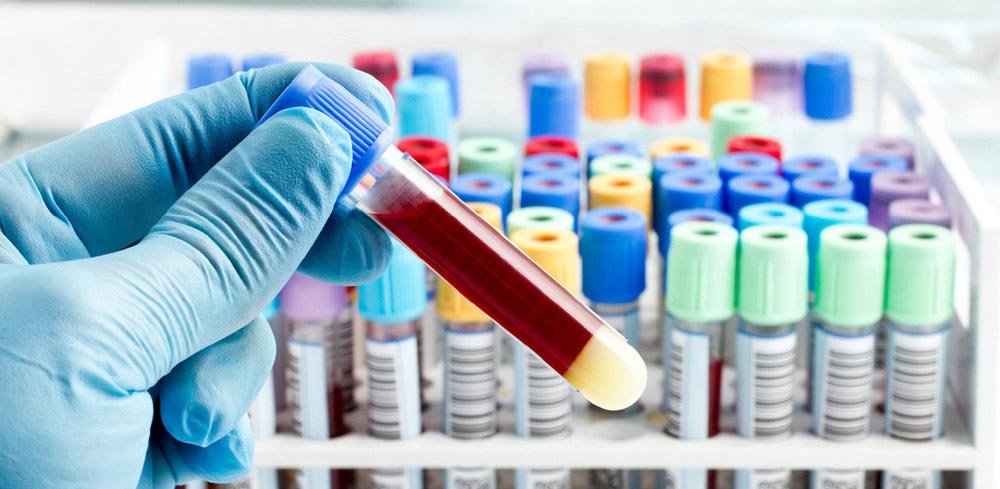- 1234567890

Pathology is the branch of medical science that deals with the study and diagnosis of disease. It involves examining tissues, organs, bodily fluids, and cells to understand the nature and causes of diseases at a microscopic and molecular level. Pathologists, who are medical doctors with specialized training in pathology, play a critical role in diagnosing diseases, guiding treatment decisions, and advancing medical knowledge.
Key aspects of pathology include:
1. Anatomic Pathology: Anatomic pathologists study tissues removed from patients during surgery or biopsy to diagnose diseases such as cancer, infections, inflammatory conditions, and congenital abnormalities. They use techniques like microscopy, immunohistochemistry, and molecular testing to analyze tissue samples and provide accurate diagnoses.
2. Clinical Pathology: Clinical pathologists analyze bodily fluids (such as blood, urine, and cerebrospinal fluid) and perform laboratory tests to diagnose and monitor diseases like diabetes, infections, autoimmune disorders, and metabolic conditions. They interpret laboratory results and collaborate closely with clinicians to guide patient care.
3. Diagnostic Pathology: Pathologists use their expertise to diagnose diseases by examining samples obtained from patients through procedures like biopsies, cytology (examination of cells), and autopsies (post-mortem examinations). Their findings are crucial for accurate diagnosis, prognosis, and treatment planning.
4. Forensic Pathology: Forensic pathologists specialize in determining the cause and manner of death in cases of suspicious or unexpected deaths. They perform autopsies, collect evidence, and collaborate with law enforcement agencies and medical examiners to investigate deaths and provide expert testimony in legal proceedings.
5. Research and Education: Pathologists conduct research to advance our understanding of disease mechanisms, develop new diagnostic techniques, and discover novel treatments. They also contribute to medical education by teaching students, residents, and fellow pathologists about pathology principles, laboratory techniques, and disease pathology.
6. Quality Assurance and Patient Safety: Pathologists ensure the accuracy and reliability of diagnostic testing through quality assurance programs, proficiency testing, and adherence to stringent laboratory standards. Their work helps maintain patient safety and improves healthcare outcomes.
Pathology is integral to modern medicine, influencing virtually every aspect of patient care from diagnosis and treatment to research and public health. Advances in technology, such as molecular diagnostics and digital pathology, continue to expand the capabilities of pathology in diagnosing diseases more precisely and efficiently.